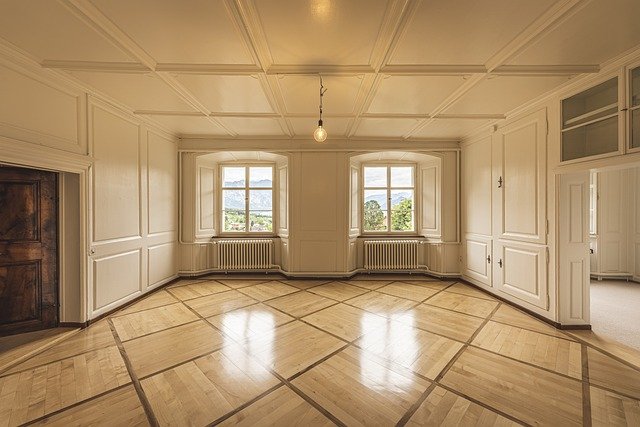Understanding the Intricacies of Mixed-Use Real Estate Development
Introduction: The realm of real estate is vast, and each area within it presents its unique opportunities and challenges. One such area is mixed-use development, a multi-faceted approach that blends residential, commercial, cultural, and industrial uses. This article delves deep into the concept, offering insights into its history, current trends, and potential impact on the real estate industry.

A Glimpse into the History of Mixed-Use Developments
Mixed-use development is not a new concept. Historically, human settlements often combined residential, commercial, and cultural spaces in one place for convenience. However, with the rise of industrialization in the 19th century, the concept dwindled as urban planning aimed to segregate residential areas from industrial zones to safeguard public health.
The 20th century saw a revival of the mixed-use concept, with planners advocating for integrated developments to encourage community interaction and reduce commuting times. Today, mixed-use developments are viewed as sustainable urban development models, blending residential, commercial, and public spaces in a harmonious ensemble.
The Current Scenario: Trends in Mixed-Use Developments
Mixed-use developments are increasingly gaining traction in today’s urban landscape. They are seen as an effective solution to urban sprawl, traffic congestion, and housing shortages. They are also credited for creating vibrant, walkable communities that foster social interaction and economic growth.
In terms of design, mixed-use projects are evolving from simple horizontal mixtures of different uses in one project to more complex vertical arrangements. Developers are also focusing on creating a balance between the different components of the project to ensure mutual benefit and sustainability.
Pros and Cons of Mixed-Use Developments
Mixed-use developments come with a host of advantages. They foster community engagement, promote walkability, and potentially reduce commuting times. They also offer diverse income streams for investors, given the various components involved in the project.
However, they also pose certain challenges. Mixed-use developments are complex to plan, manage, and finance. They often require significant upfront capital and long-term commitment. Moreover, balancing the needs and interests of different stakeholders can be challenging.
The Impact of Mixed-Use Developments on the Real Estate Landscape
Mixed-use developments are reshaping the real estate landscape in several ways. They are changing the way cities are planned and built, promoting more sustainable and community-oriented urban development. For investors, they offer an opportunity to diversify their portfolio and tap into different market segments simultaneously.
However, the success of mixed-use developments depends on several factors, including location, market demand, and the project’s design and management. Therefore, investors must carefully assess these factors before venturing into this domain.
Final Thoughts: The Future of Mixed-Use Developments
Looking ahead, mixed-use developments are likely to play a pivotal role in urban development. As cities grapple with issues like housing shortages, traffic congestion, and the need for sustainable growth, mixed-use developments offer a viable solution. However, for these projects to be successful, a multi-disciplinary approach encompassing urban planning, architecture, finance, and property management is essential.
In conclusion, mixed-use developments represent an exciting area in the real estate sector, offering ample opportunities and challenges. Understanding its intricacies can help investors, developers, and urban planners make informed decisions and contribute to building sustainable, vibrant cities.




